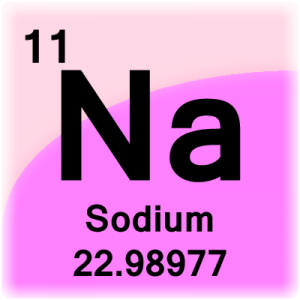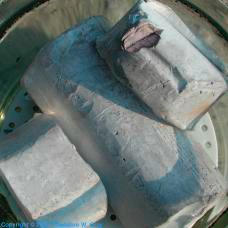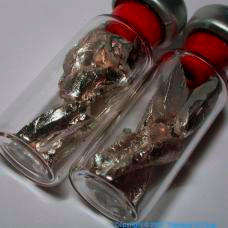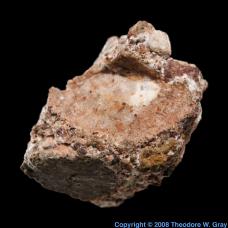FTF: Merritt4Cache
First: The junior high chemistry lesson:

Sodium is a chemical element with the symbol Na (from Latin: natrium) in the periodic table and atomic number 11. It is a soft, silvery-white, highly reactive metal and is a member of the alkali metals; its only stable isotope is 23Na. The free metal does not occur in nature, but instead must be prepared from its compounds; it was first isolated by Humphry Davy in 1807 by the electrolysis of sodium hydroxide. Sodium is the sixth most abundant element in the Earth's crust, and exists in numerous minerals such as feldspars, sodalite and rock salt. Many salts of sodium are highly water-soluble, and their sodium has been leached by the action of water so that chloride and sodium are the most common dissolved elements by weight in the Earth's bodies of oceanic water.


Many sodium compounds are useful, such as sodium hydroxide (lye) for soapmaking, and sodium chloride for use as a deicing agent and a nutrient (edible salt). Sodium is an essential element for all animals and some plants. In animals, sodium ions are used against potassium ions to build up charges on cell membranes, allowing transmission of nerve impulses when the charge is dissipated. The consequent need of animals for sodium causes it to be classified as a dietary inorganic macro-mineral.
Sodium at standard temperature and pressure is a soft metal that can be readily cut with a knife and is a good conductor of electricity. Freshly exposed, sodium has a bright, silvery luster that rapidly tarnishes, forming a white coating of sodium hydroxide and sodium carbonate. These properties change at elevated pressures. When sodium or its compounds are introduced into a flame, they turn it yellow, because the excited 3s electrons of sodium emit a photon when they fall from 3p to 3s; the wavelength of this photon corresponds to the D line at 589.3 nm. Spin-orbit interactions involving the electron in the 3p orbital split the D line into two; hyperfine structures involving both orbitals cause many more lines.
Sodium also forms many useful compounds. Some of the most common are: table salt (NaCl), soda ash (Na2CO3), baking soda (NaHCO3), caustic soda (NaOH), Chile saltpeter (NaNO3) and borax (Na2B4O7·10H2O).
Some minerals containing Sodium include:

Nitratine NaNO3

Sodalite Na4Al3Si3O12Cl
Now for the cache!
The hardest part about this cache is that you will have to walk about a half mile in and out. The cache is located very near the main trail.